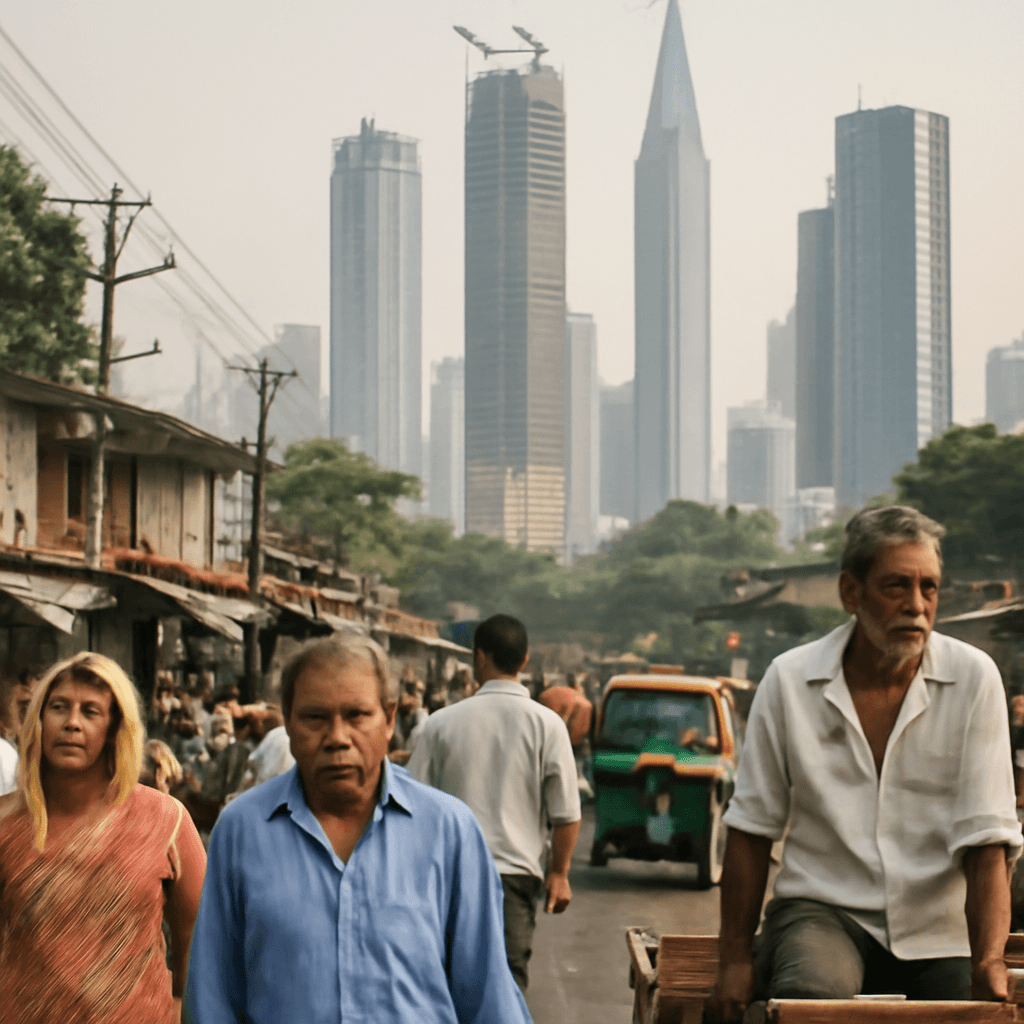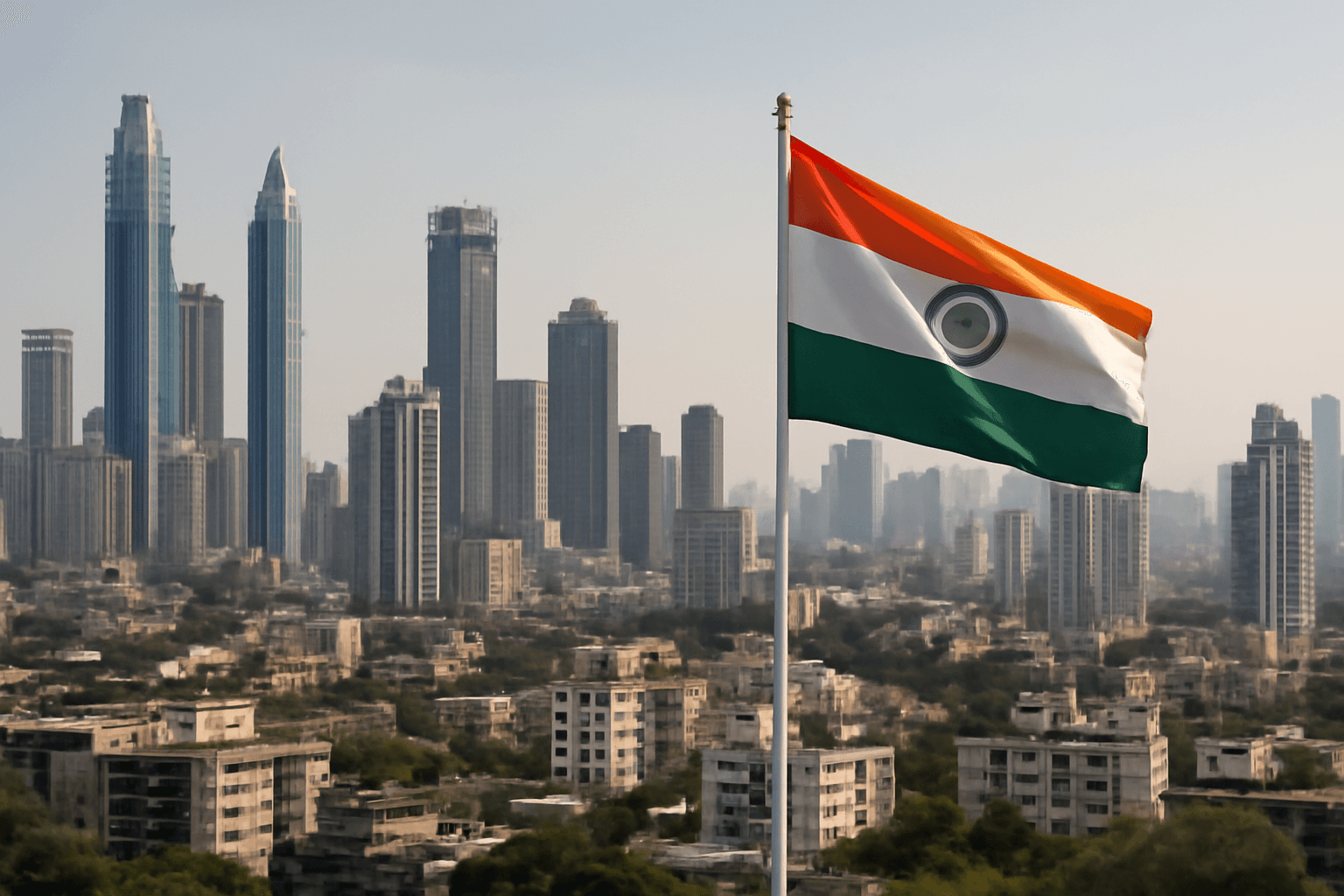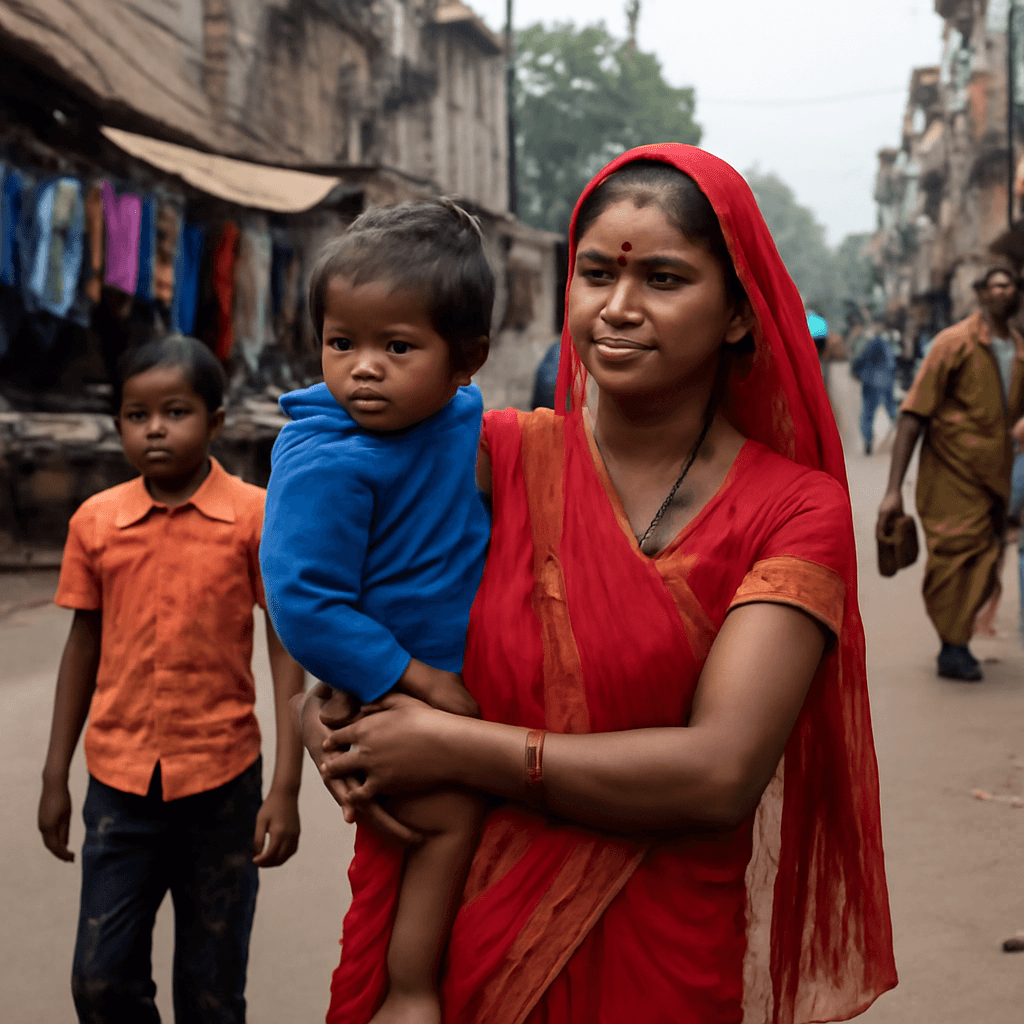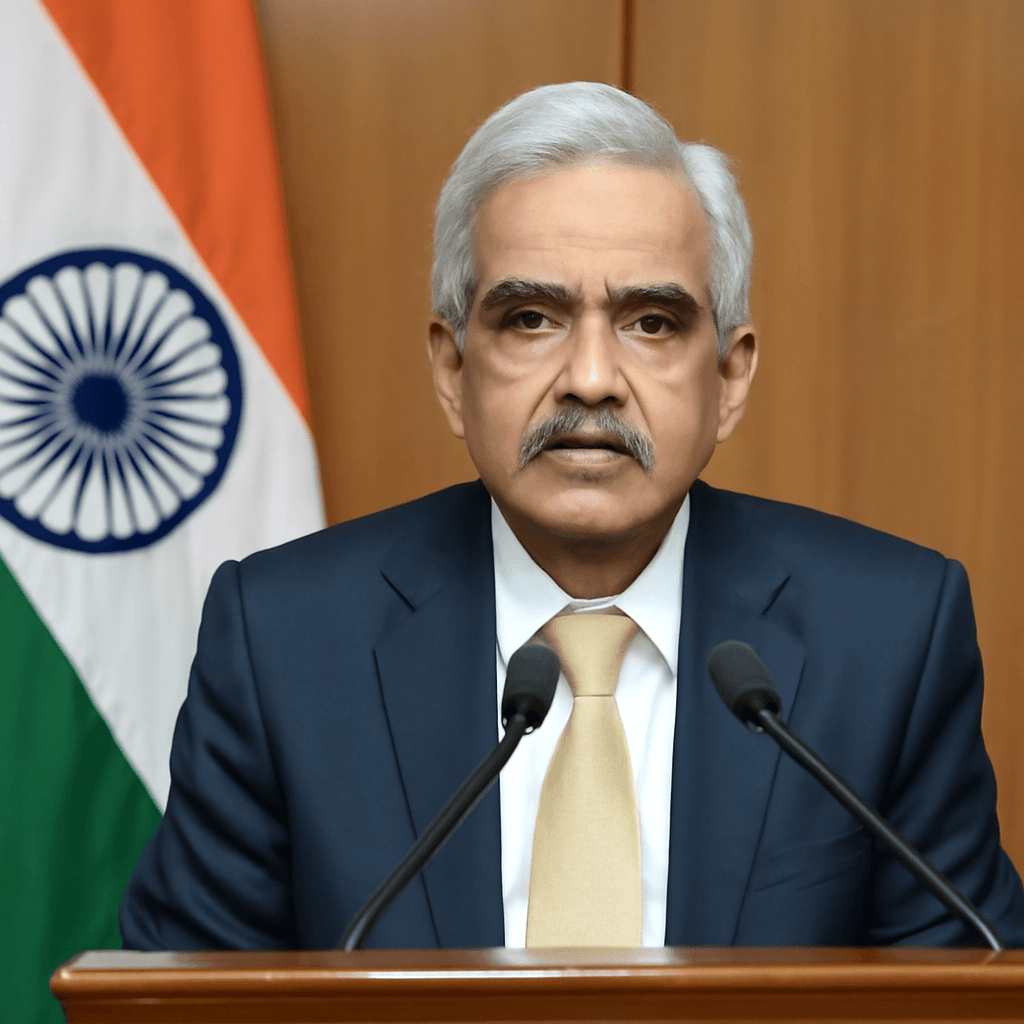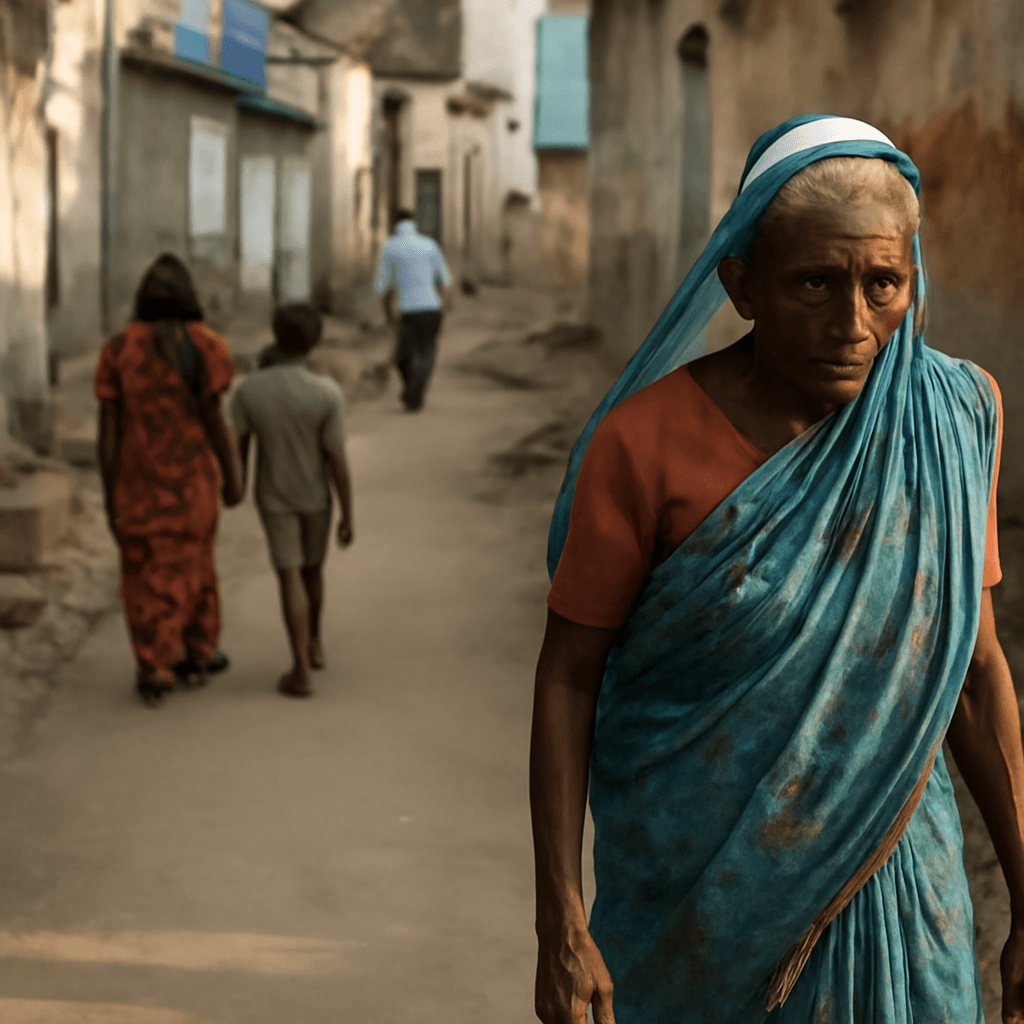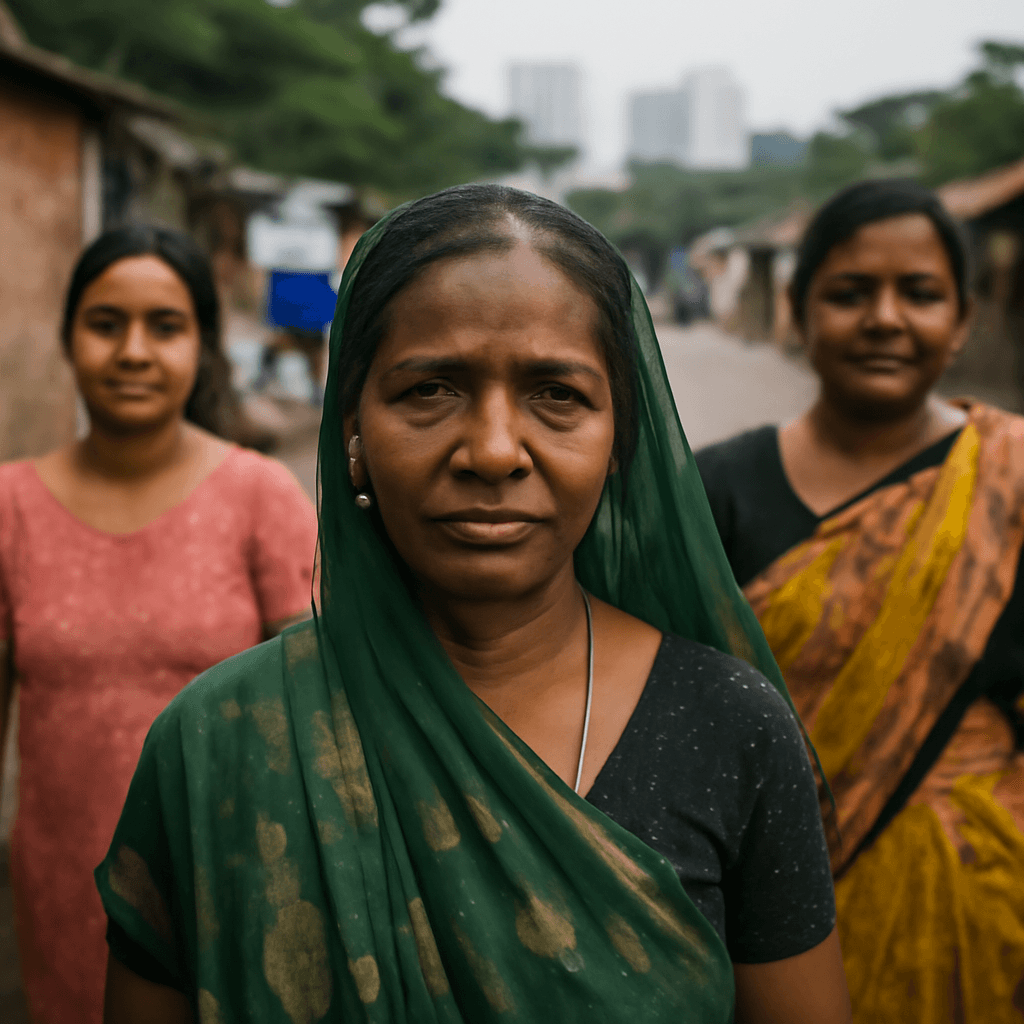India's Economic Standing: An Overview
Recent projections by the International Monetary Fund (IMF) indicate that India is poised to become the world's fourth largest economy in 2025, with a Gross Domestic Product (GDP) estimated at $4,187.03 billion, marginally surpassing Japan's $4,186.43 billion. This advancement follows the United States, China, and Germany, marking a significant shift in the global economic hierarchy.
Understanding GDP and Its Limitations
Despite its widespread use, GDP as an indicator has substantial limitations. It quantifies the total economic output but does not reflect how people live, work, or the quality of life, including health and education levels. Furthermore, GDP does not capture income distribution disparities or unpaid labor, such as the domestic and caregiving work predominantly undertaken by women.
There is a growing consensus that relying solely on GDP provides an incomplete picture of economic and social progress. Alternative metrics that evaluate well-being and equality are crucial for a more meaningful assessment of development.
The Complexity of GDP Comparisons Across Countries
Comparing GDP across nations involves converting different currencies to a single unit, typically the U.S. dollar. This process can be achieved in two primary ways:
- Market Exchange Rates: GDP is converted using prevailing foreign exchange rates (e.g., 1 USD = ₹85.69), reflecting values based on current currency markets.
- Purchasing Power Parity (PPP): Conversion accounts for differences in price levels between countries, equating the cost of a typical basket of goods across nations.
Market Exchange Rates vs. Purchasing Power Parity
Market exchange rates often fluctuate and do not account for the varying cost of living and wages between countries. For instance, consumer prices such as rent, dining, and haircuts in developing countries are usually lower than in developed ones due to lower wages and labor-intensive sectors.
PPP-based comparisons adjust for these differences, often depicting developing countries as economically larger than what market rates suggest. According to PPP estimates, India has been the world's third largest economy since 2009, maintaining this ranking for over 15 years, contrasting with the later positioning indicated by market exchange rates.
Implications of GDP Measurement Methods
While PPP provides a more realistic comparison of economic size by accounting for local purchasing power, it can overstate economic size due to structural factors like informal employment, wage disparities, underemployment, and unpaid work that are prevalent in developing countries. India’s informal sector and wage challenges illustrate these complexities, highlighting that large GDP figures do not necessarily translate into equivalent standards of living or development.
Per Capita Income Reveals a Different Perspective
India’s sizable GDP is tempered by its vast population. Its per capita GDP, a measure dividing national income by population size, stood at approximately $2,711 in 2024 based on current dollar terms, positioning it among lower middle-income countries. This contrasts with neighboring nations like Sri Lanka ($4,325) and Bhutan ($3,913), and highlights slower per capita income growth compared to countries such as Vietnam.
India ranks 144th in per capita GDP using market exchange rates and 127th using PPP internationally, underscoring the distinction between aggregate GDP size and individual economic well-being.
Beyond GDP: Measuring True Economic and Social Progress
Focusing exclusively on GDP rankings obscures critical dimensions of development such as health, education, employment quality, and income equality. Accurate assessments of India's progress require comprehensive indicators reflecting these fundamental aspects that directly impact citizens' lives.
As India approaches new economic milestones, policymakers and analysts must prioritize metrics that capture a balanced view of both economic capacity and social welfare.

